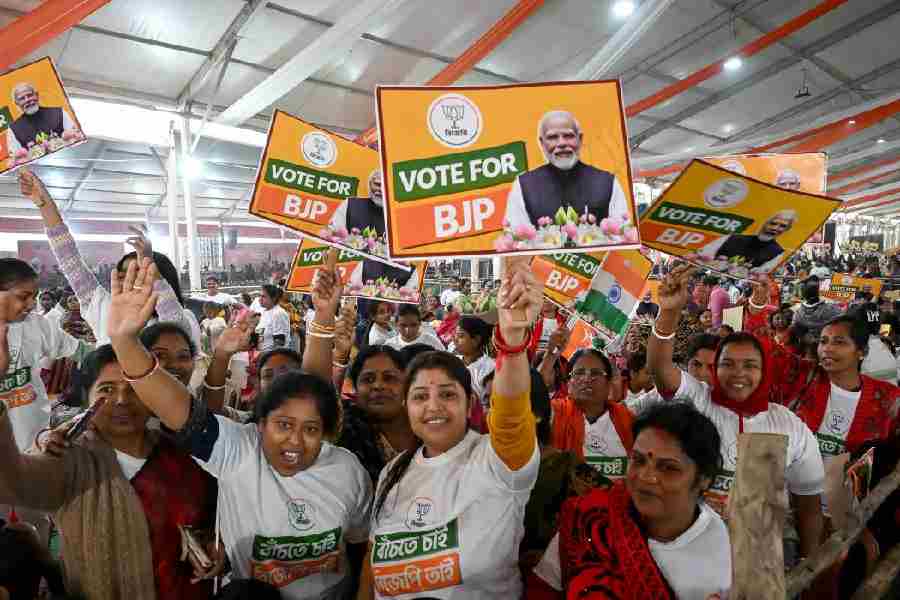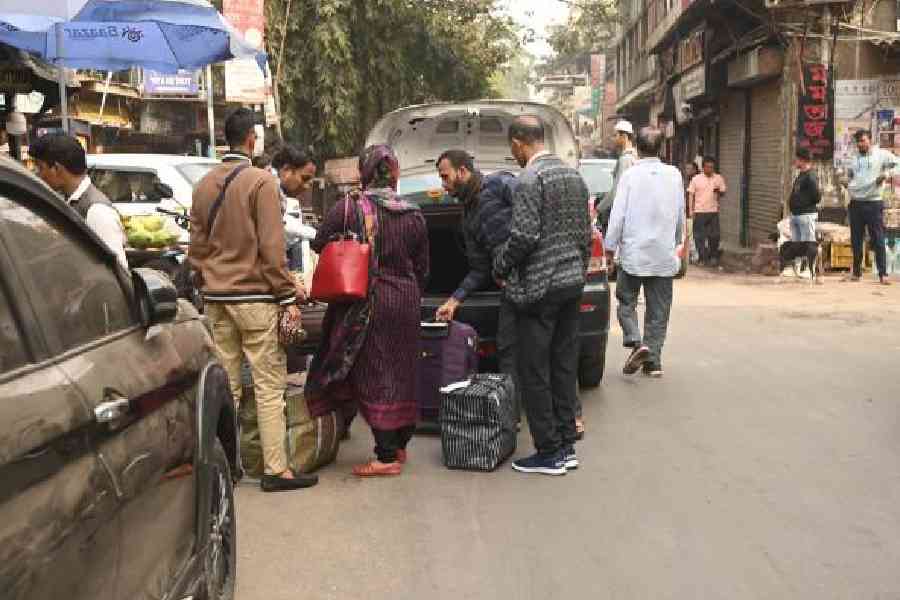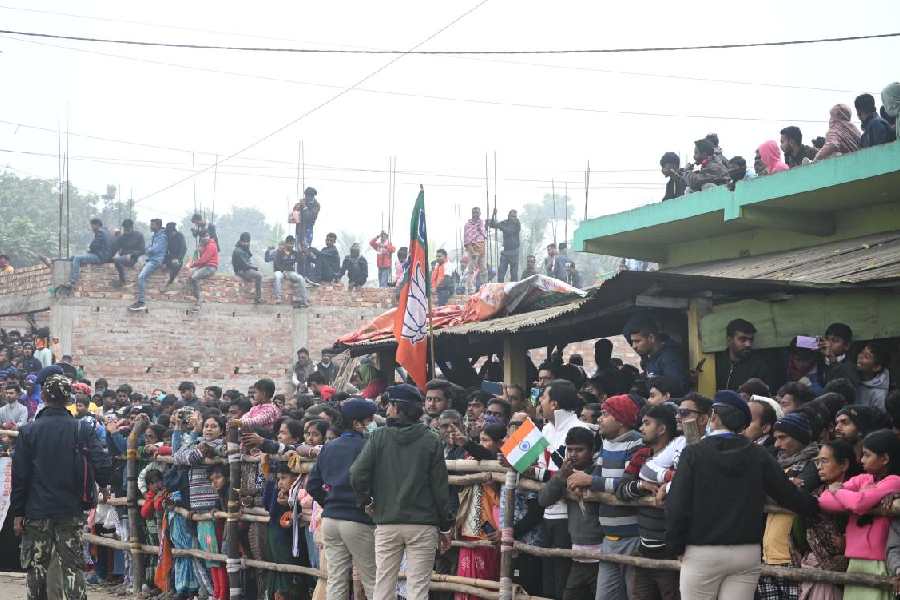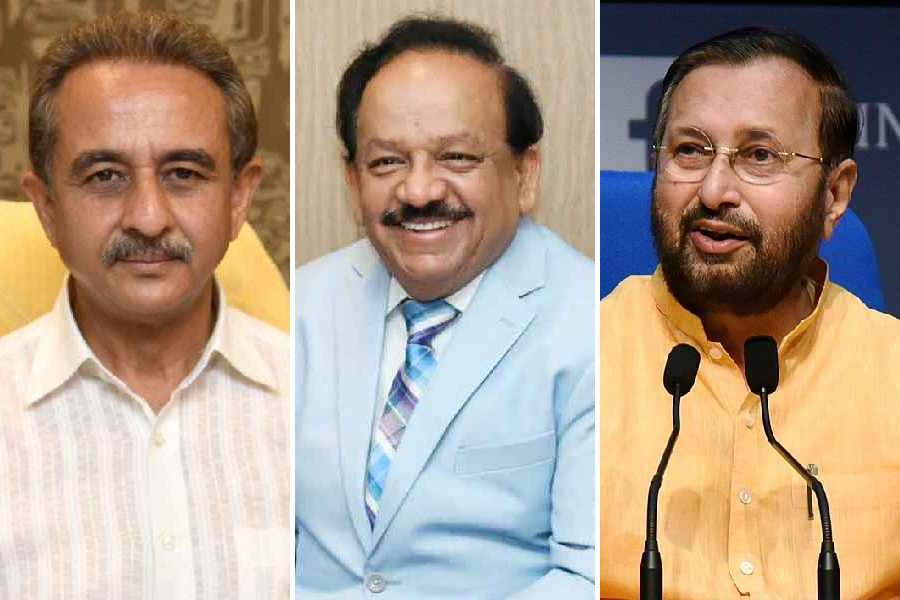New Delhi, June 17 :
New Delhi, June 17:
The mobile phone is handy but it could also be a nuisance-especially when someone is using it in earshot. Everyone has had to put up with the loud and brassy beep fiend-they pop up with alarming regularity everywhere, in hotels and restaurants, parliament and courts, and in banks, cinemas and theatres.
But it's only now that the cellular industry is waking up to the menace. The Cellular Operators Association of India, the apex forum for the industry, is planning to come out with a short guide on Mobile Manners - where you should use the cellphone and where not.
With more than 7 million subscribers in India, the impropriety of mobile use is assuming alarming proportions and cellphone operators are concerned.
'Yes, we are aware of this problem. Many of the cellular service providers have taken initiative independently to educate their customers about the place where cellphones should be used and where not,' said, T.V Ramachandran, director general of COAI. 'The association has not undertaken an initiative in this regard yet, but we will soon come out with a do's and don'ts for cellphone subscribers.'
Most mobilephobes have their gripes over the insensitivity of cellphone users in public places-but that isn't the only situation where this crops up.
According to a recent study, the growing number of cellphones worldwide has led to the production of three kinds of major disturbances.
The first is social disturbances: for example in parliaments, military bases, boardrooms, courtrooms, banks, churches, cinemas, theatres, libraries, universities, and schools.
The second type of disturbance affects electronic devices like medical equipment, hospitals, electronic systems in motion vehicles, aircraft navigation systems, computer networks and data storage systems.
Imagine a situation where a doctor is performing an ultrasound or eco-cardiography and the mobile in the doctor's pocket or person accompanying the patient rings. Result: the reading on the equipment goes haywire and leads to an altered result.
The technical experts call this electromagnetic interference or air wave disturbance where sound waves changed into electronic mode and then into air waves and travel in air between one cell phone to another. The not-so-technically inclined call it 'disturbance'.
The third type of disturbance disrupts or compromises public, industrial and corporate security in places like banks, cash transfer vehicles, embassies, company meeting rooms, courts, corporate and industrial espionage, examination rooms, prisons, and administration buildings.
Although never proven, but it is believed that there have been at least a few air crashes which have been attributed to cellphone use in mid-air that interfered with the computer systems on board the plane. There are innumerable cases that go unreported about the disturbances caused by the use cell phones in places with highly sensitive equipment.
Many countries are now considering tools to jam cell phone signals in public places. However, this may not be the right answer to deal with the problem as cell phones are a handy tool to communicate from places like hospitals outside in case of an emergency. It is estimated that more than 200,000 emergency calls are made in India each day from cell phones.
In much advanced countries like the US, where the cell phones usage is high, FCC regulations have banned use of jamming devices.
 Sunday, 21 December 2025
Sunday, 21 December 2025









